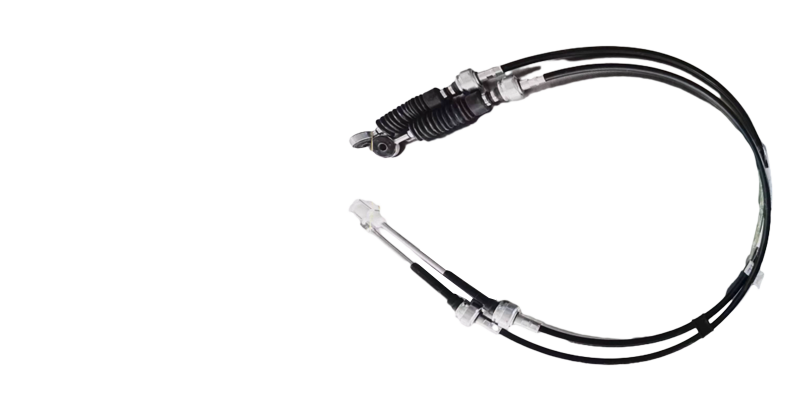Handbrake Cable Maintenance and Troubleshooting Tips for Optimal Performance
Understanding Hand Brake Cable Importance, Design, and Maintenance
The hand brake, commonly referred to as the parking brake or emergency brake, is a crucial component in vehicle control and safety. Among the various parts that make up this system, the hand brake cable plays a pivotal role in its functionality. In this article, we will delve into the significance of the hand brake cable, its design features, and the maintenance practices that ensure its optimal performance.
The Importance of Hand Brake Cable
The hand brake cable is a flexible wire cable that connects the hand brake lever inside the vehicle to the brake mechanisms at the wheels. Its primary function is to engage and disengage the rear brakes when the hand brake lever is pulled or released. This mechanism is essential for several reasons
1. Safety The hand brake is a primary safety feature that helps prevent the vehicle from rolling away when parked. A properly functioning hand brake system ensures that the vehicle remains stationary, providing peace of mind to drivers.
2. Control In situations where the main braking system fails, the hand brake serves as a backup, allowing the driver to slow down or stop the vehicle. This emergency function is vital in maintaining control in critical situations.
3. Stability When parked on an incline, the hand brake holds the vehicle securely in place, preventing it from sliding backward or rolling forward. This is particularly important in hilly areas where the risk of unintended movement is high.
Design Features of Hand Brake Cable
Hand brake cables are designed to withstand considerable stress while providing smooth operation. Some of the notable features include
- Construction Hand brake cables are typically composed of a steel wire core surrounded by a protective outer casing. This design offers durability and flexibility, allowing the cable to endure the tension exerted during operation.
hand brake cable

- Adjustment Mechanism Many hand brake cables come equipped with an adjustment feature that allows for tension modifications. Over time, cables can stretch, and the adjustment mechanism ensures that the hand brake continues to operate effectively.
- End Fittings The ends of the hand brake cable are fitted with specific attachments that connect to the hand brake lever and the brake mechanism at the wheels. These fittings are designed for easy installation and removal, facilitating repairs and replacements.
Maintenance and Troubleshooting
To ensure the longevity and reliability of the hand brake cable, regular maintenance is essential. Here are some key practices
1. Inspection Periodically inspect the hand brake cable for any signs of wear, fraying, or damage. If the cable shows visible signs of deterioration, it should be replaced immediately to avoid failure.
2. Lubrication Keeping the cable well-lubricated is crucial for its smooth operation. Some cables have a lubrication port that allows for easy maintenance, while others may require assistance from a professional.
3. Adjustment If the hand brake feels loose or doesn’t engage properly, it may require adjustment. Refer to the vehicle’s manual for specific instructions on how to adjust the hand brake cable appropriately.
4. Professional Check If you notice persistent issues with the hand brake, it is advisable to have a professional mechanic examine the cable and the entire system. They can identify underlying problems that might affect the hand brake’s performance.
Conclusion
In summary, the hand brake cable is an indispensable part of a vehicle's safety and control systems. Its role in enabling effective parking and serving as an emergency brake highlights the necessity of understanding its design, operation, and maintenance. By paying attention to the condition of the hand brake cable and following recommended maintenance practices, vehicle owners can ensure their safety on the road and prolong the life of their braking system. Remember, prioritizing safety starts with regular checks and maintenance of all vehicle components, including the often-overlooked hand brake cable.
-
Workings of Clutch Pipe and Hose SystemsNewsJun.04,2025
-
The Inner Workings of Hand Brake Cable SystemsNewsJun.04,2025
-
The Secrets of Throttle and Accelerator CablesNewsJun.04,2025
-
The Hidden Lifeline of Your Transmission Gear Shift CablesNewsJun.04,2025
-
Demystifying Gear Cables and Shift LinkagesNewsJun.04,2025
-
Decoding Clutch Line Systems A Comprehensive GuideNewsJun.04,2025
